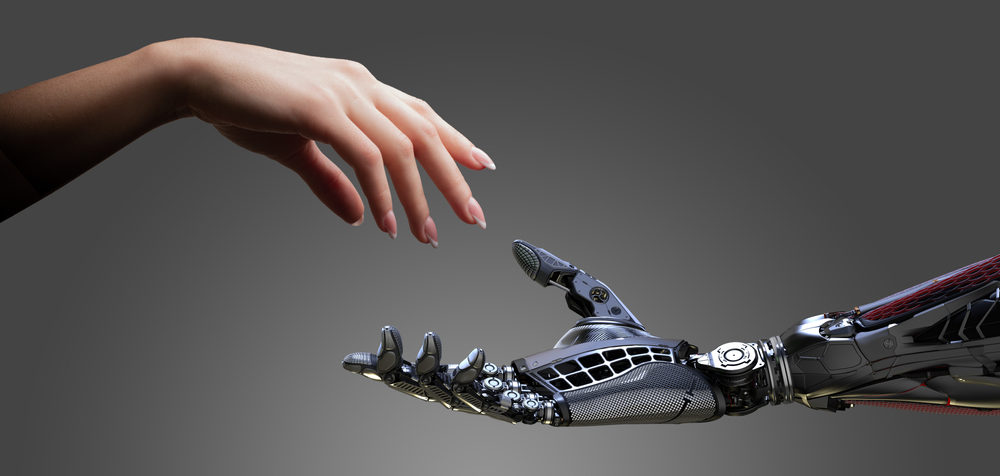
A team at Nanyang Technological University has created an artificial skin that surpasses human skin in its sensitivity to detect pressure applied by an object and its approach.
The skin is made up of two outer layers of conductive fabric coated with nickel to serve as electrodes. These surround a porous sponge soaked in ionic liquid, which is a salt in a liquid state that acts as a conduit for electricity. The two layers act as a capacitor, storing electrical energy in an electric field. The ions in the sponge enhance the performance of the capacitor, which measures how much the distance between the two layers of electrodes changes. This ability to detect tiny shifts enables the artificial skin to detect that it has touched something. The sensing performance of the capacitor means it is also able to detect very small changes in the electric field around the skin, allowing it to sense when objects are near. These subtle changes also can help it identify what type of material a nearby object is made of.
The researchers tested the dual-responsive artificial skin in various ways, such as controlling virtual game characters, navigating electronic maps, and scrolling through digital documents. The artificial skin was able to distinguish different signals from approaching targets, enabling touchless object identification.
The researchers expect that this artificial skin could be used in next-generation engineered electronics with potential in human–machine interfaces, artificial intelligence, prosthesis, and augmented reality.
“We created artificial skin with sensing capabilities superior to human skin. Unlike human skin that senses most information from touching actions, this artificial skin also obtains rich cognitive information encoded in touchless or approaching operations,” said corresponding author Yifan Wang, an assistant professor at Nanyang Technological University, in Singapore. “The work could lead to next-generation robotic perception technologies superior to existing tactile sensors.”
